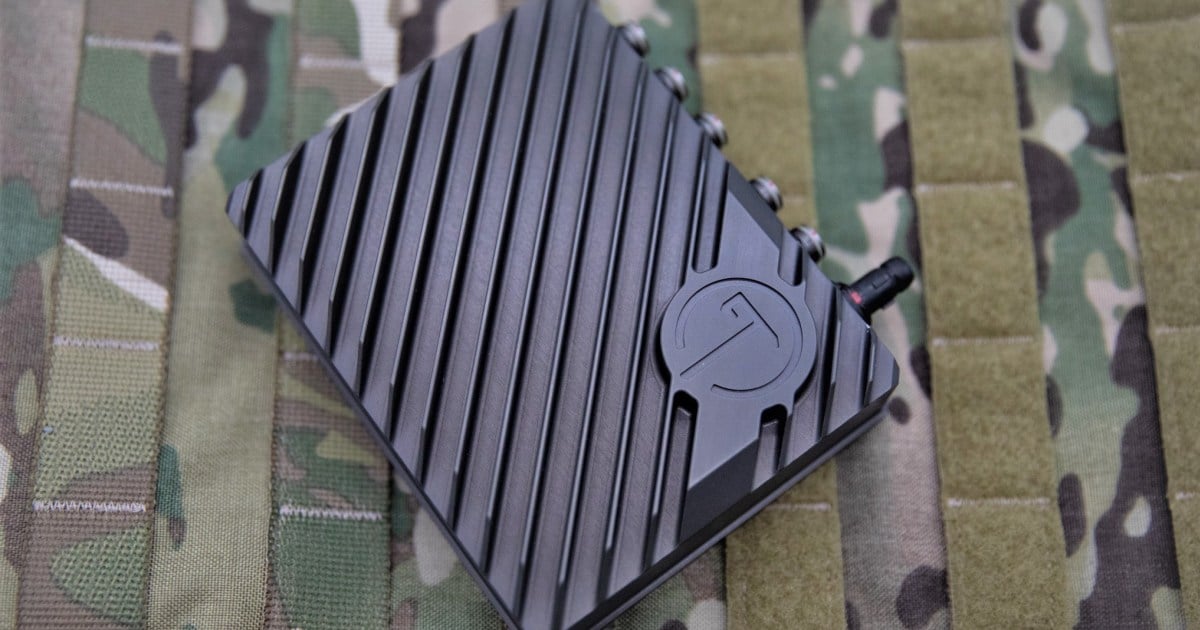
You know the old adage, “You have to walk before you can run?”
The Internet of Things (IoT) has a new adage: “You need edge management before you can leap into edge processing.”
Edge computing has topped lists of IoT trends for the past few years, and for good reason. Making edge devices smarter and more independent—i.e., not sending all the IoT data to the cloud for processing—is very appealing. Edge processing can reduce cloud service costs, power consumption, and latency while boosting reliability and privacy control.
But here’s the problem: At scale, in commercial or consumer implementations, IoT edge processing is not the biggest challenge you need to solve. Edge processing is the shiny new object, with its cool artificial intelligence and analytics to turn IoT data into real business value. But the dirty little secret is that skipping straight to processing at the edge, without investing in edge management, risks failure of your entire IoT project.
Walking Before You Run
The fundamental challenge of IoT is that the internet wasn’t designed for coffee machines and refrigerators and HVAC systems and all the other products it now needs to support.
Electronic products all have embedded chips to control the product’s design functions, such as brewing coffee or keeping food cold, as well as functionality that differentiates the product from others that are similar. Adding IoT intelligence requires a separate embedded chip able to handle IoT functionality.
Each of these kinds of embedded chips demands a completely different body of knowledge. One set of embedded developers needs to be expert in the characteristics of the product in question; another set of embedded developers needs to be expert in things like network connectivity, cloud communications, and security.
But the expectation from users isn’t for the “functional” and “connected” aspects of a product to act independently. Just as you expect your coffee machine to brew your morning java every time you use it, you expect your connected coffee machine to ‘know’ not to interrupt brewing to install a firmware upgrade. You expect your connected door lock to “know” how to lock and unlock your door and your lights to turn on and off as needed, even if the internet goes down.
Integrating those parallel sets of requirements turns out to be really hard. And that integration, which is what device management at the edge is all about, must be solved before you can skip to edge processing of IoT data.
What IoT Edge Management Should Look Like
Here are some ideals for edge management of IoT devices:
- End-to-end security, from the device itself through the cloud and your mobile or web control applications—especially because hacks typically happen via the edge, not the cloud.
- Extremely reliable connectivity, so that your fleet of devices stays connected even in diverse environmental and network conditions that may not occur in test labs.
- End-to-end user experience, because even one bad connected experience can turn into a negative customer review and endanger your five-star review goals.
- An advanced firmware management process, for seamless upgrades, scheduling, and rules handling so the edge can make local decisions to ensure the least-disruptive software upgrade process.
- Great offline experience, in which the device can be controlled and managed locally, even if the internet is down.
- Awareness of what can go wrong, to avoid problems before they happen.
- Future-proofed configuration, to incorporate emerging technologies and protocols, such as new wireless standards.
- Thoroughly tested, including multiple iterations, scenarios, and conditions and with millions of devices.
- Hardened in the field, so that no customization or coding is required as you scale.
- Delivered ready to install, as a certified product rather than raw tools that need to be cobbled together and tested.
- Easy for users, from set-up and scheduling of their connected products through ongoing control and upgrades.
Effective edge management is a necessary step for delivering the best connected-product user experience. It might be tempting to jump straight to the latest AI tools for processing your IoT data at the edge. But if your connected products aren’t adept at handling the nuances inherent in IoT operations—including situations that might affect only a small percentage of deployed products—you risk big-time failure.
Don’t fail before you succeed. Invest from the start in the best edge management solution you can find.
About the author: Sahir Sait is Ayla Networks’ vice president responsible for the development of Ayla's portfolio of IoT platform products.
Edited by
Ken Briodagh





